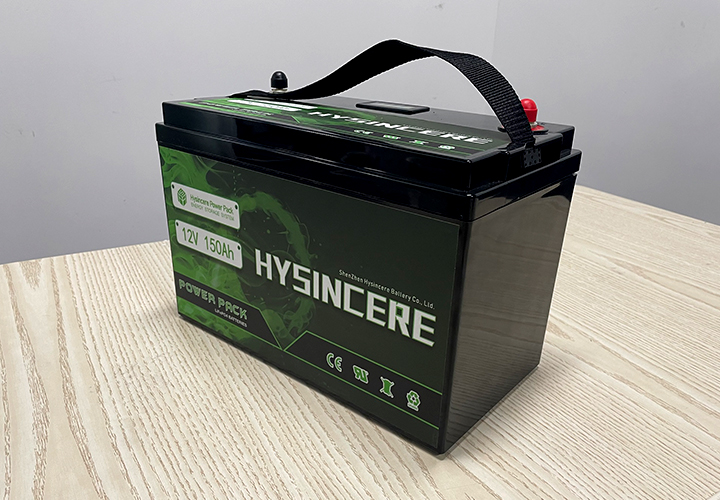source:Industry News
release time:2023-09-22
Hits:0
Popular:

What are the principles of using high-temperature batteries? From the foreign samples we have encountered, most batteries belong to the 150 ℃ level. High temperature batteries can generally be divided into five levels for use in environments of 100 ℃, 125 ℃, 150 ℃, 175 ℃, and 200 ℃ or above. The key to using batteries underground in petroleum is how to meet the requirements of high-temperature environments underground and ensure their safe and reliable operation. In order to meet the requirements of high temperature, the following factors should be considered:
(1) Thermodynamic characteristics of battery contents;
⑵ Mechanical properties of the battery shell;
⑶ Safety design suitable for high-temperature environments (anti short circuit, anti reverse polarity, anti charging, anti impact, anti vibration, etc.);
(4) Electrical performance design suitable for high temperature environments (ratio of positive and negative active substances, selection of electrode thickness, selection of additives, etc.).
Based on the above four considerations, a mathematical model has been established. The design problem of high-temperature batteries has been theoretically solved. Given the technical requirements, the primary design parameters can be quickly given using mathematical calculation methods. Through primary and secondary battery effectiveness experiments, the design parameters of the batteries can be determined. After batch experiments and small modifications, the requirements for production finalization can be achieved.
Read recommendations:
solar battery for house direct sales
best battery for home inverter
Low Temperature Lithium Battery 26650 Cell
Hysincere Battery 2023 Poland (Poznan) International Renewable Energy Fair

Last article:The main hazards of 3c lithium-ion batteries are.portable power station for camping
Next article:Is it safe to use lithium batteries with high internal resistance and high energy?
related suggestion
lithium ion golf cart batteries wholesaler
2023-04-07lithium ion golf cart batteries company
2023-03-22solar power storage Vendor
2023-03-20marine battery for trolling motor price
2023-04-07solar battery storage system cost
2023-03-20lithium batteries for solar panels Manufacturing
2023-03-22portable power station 1000w
2023-05-08lifepo4 battery 12v 100ah
2023-05-08solar powered battery pack
2023-05-08lithium marine batteries
2023-05-08solar energy generator
2023-05-0812v 100ah
2023-05-08Lithium Polymer Battery Pack for Smart Home Device
2023-02-14Sodium Ion Battery Pack 12V 100Ah SIB 2C Discharge
2024-06-2718650 Na-ion Sodium-ion Battery 3.1V 1300mAh 1500mAh 3000 Cycles
2023-08-02High Discharge 18650 21700 26650 Lithium Ion Battery Cell
2022-10-14Lithium Replacing Lead-Acid LiFePo4 Battery Pack 12V 200Ah
2022-09-19Graphene and Solid-State Batteries: The Future of Energy Storage
2025-03-29What are the advantages and disadvantages of lithium titanate batteries?lithium trolling motor battery manufacture
2023-03-28Understanding Battery Specifications: The 153-5710 and 153-5656 Models
2025-03-18Choosing the Right 12 Volt Battery for Your Electric Scooter
2025-03-14Understanding 14V and 15V Lithium Batteries: A Complete Guide
2025-03-12Aluminum air batteries cannot replace the cause of lithium batteries analysis.solar powered electric generator
2023-03-08Basic parameters of lithium batteries.marine battery for trolling motor
2023-06-10What are the advantages of medical device lithium battery?
2023-02-25Lithium battery charging and discharge method.best portable power station
2023-05-17Summer AGV car lithium battery.best batteries for off grid solar
2023-08-02